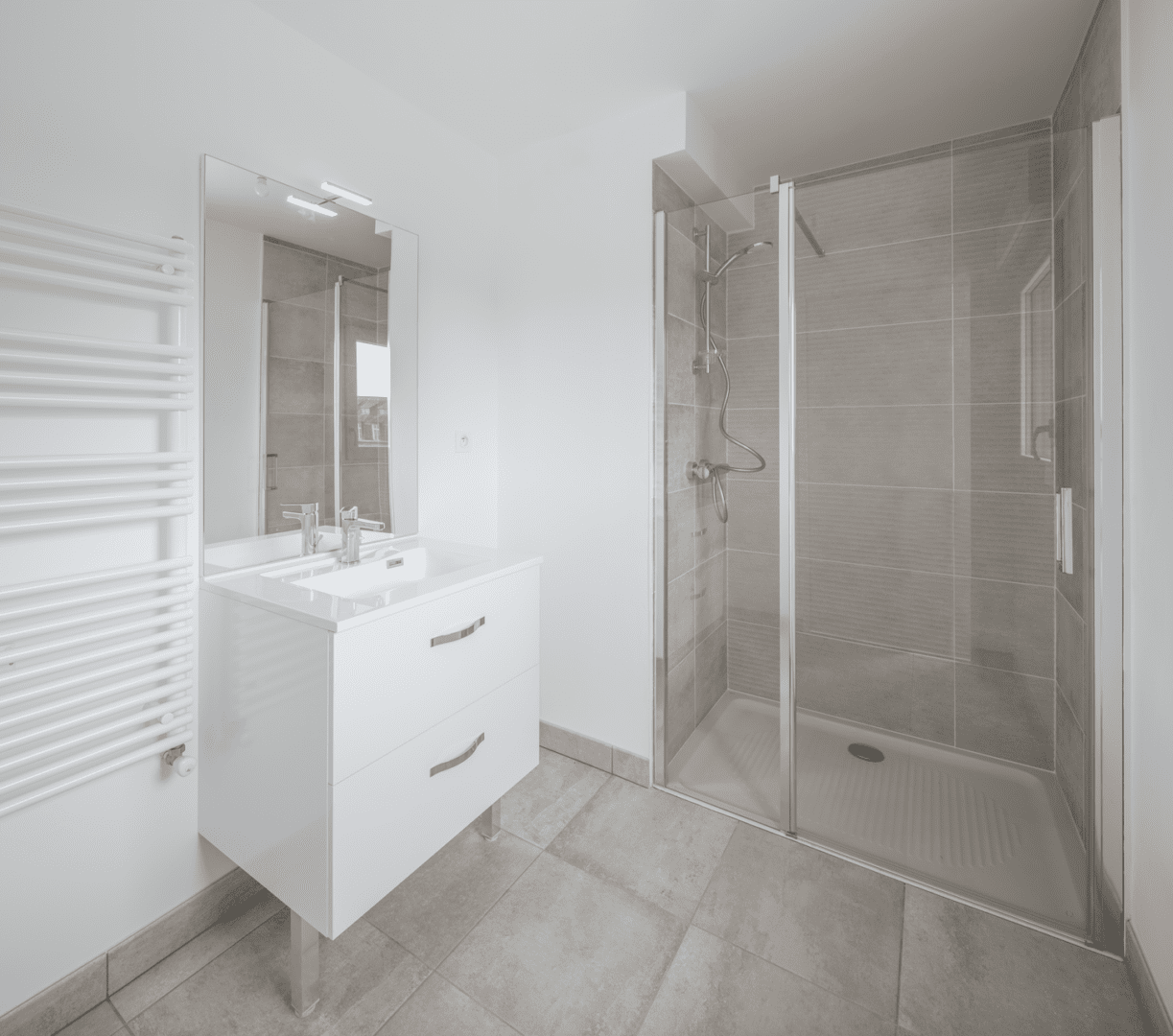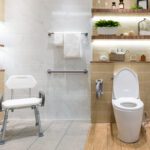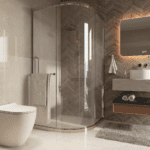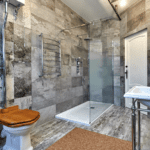Walk-In Showers for Seniors: A Safe Bathing Solution
Ensuring maximumsafety in walk in showers for seniors: Comprehensive tips and best practices

The Safety Advantages of Walk-In Showers for Seniors
As we age, everyday activities like bathing can become increasingly challenging and potentially dangerous. According to the Centres for Disease Control and Prevention (CDC), more than one in four people aged 65 and older fall each year, with a significant number of these accidents occurring in the bathroom. Traditional bathtubs, with their high sides and slippery surfaces, can pose a significant hazard. In response, walk-in showers have gained popularity as a safer alternative for elderly individuals. But are they truly safe? Let's explore the benefits and potential risks of walk-in showers for seniors.
Low Entry Threshold
One of the primary safety features of walk-in showers is their low or zero-threshold entry. Unlike traditional bathtubs, which require stepping over a high wall, walk-in showers minimise the step-in height or eliminate it entirely. This design significantly reduces the risk of tripping and falling, which is especially important for seniors with mobility issues or balance concerns.
Example: For an elderly individual using a walker, navigating the high side of a traditional bathtub can be daunting and dangerous. A walk-in shower with a low threshold allows them to enter and exit the shower safely, with less risk of losing balance.
Slip-Resistant Flooring
Many walk-in showers for come equipped with textured, slip-resistant flooring. Bathrooms are notorious for their slippery surfaces, particularly when wet. The slip-resistant flooring in walk-in showers provides better traction, even when the floor is wet, decreasing the likelihood of slips and falls.
Additional Consideration: For maximum safety, seniors may also consider adding non-slip mats or anti-slip coatings to further enhance traction.
Ample Space
Walk-in showers for seniors typically offer more space than traditional shower stalls or bathtubs. This extra room allows for easier movement and accommodates the use of mobility aids such as shower chairs, benches, or walkers. The added space also reduces the likelihood of bumping into hard surfaces, which can cause bruising or falls.
Example: A senior with limited mobility can use a shower chair comfortably within a walk-in shower, allowing them to bathe while seated, reducing the risk of fatigue or instability.
Grab Bars
Most walk-in showers for seniors can be easily outfitted with grab bars. These sturdy, strategically placed bars provide crucial support for seniors when entering, exiting, or moving around the shower area. Grab bars can also offer a sense of security, allowing seniors to maintain balance and avoid falls.
Installation Tip: It's essential to ensure that grab bars are professionally installed and anchored into the wall studs for maximum safety and reliability.
Handheld Shower heads
Adjustable, handheld shower heads are often included in walk-in shower designs. These allow seniors to control water flow while seated, reducing the need for precarious reaching or bending. Handheld shower heads can be positioned to minimise movement, allowing for a safer and more comfortable bathing experience.
Practical Benefit: Seniors with limited upper body strength or flexibility can use handheld shower heads to direct water precisely where needed without having to stand or stretch, which could increase the risk of slipping.
Built-In Seating
Many walk-in showers for seniors can be equipped with built-in seating or foldable benches. This feature allows seniors to sit while bathing, reducing the risk of falls due to fatigue or loss of balance. Having a seat available also makes it easier for caregivers to assist with bathing.
Consideration: Ensure the seat is sturdy and slip-resistant and consider adding padding for additional comfort.
Importance of Proper Installation and Maintenance
While walk-in showers for seniors offer numerous safety advantages, it's crucial to ensure that they are properly installed and maintained. Poor installation can compromise the safety features, leading to potential hazards. For example, improperly installed grab bars may come loose, or inadequate waterproofing could lead to mould growth, which increases the risk of slipping.
Tip: Hire a professional installer with experience in senior-friendly bathroom modifications. Regular maintenance, such as checking for leaks, ensuring slip-resistant surfaces remain effective, and replacing worn-out fixtures, is essential to maintain the safety of the shower.
Conclusion
While no bathing solution is entirely without risk, walk-in showers for seniors offer numerous safety advantages for elderly individuals. Their design and available features address many common bathroom hazards, making them a generally safe and practical option for seniors looking to maintain their independence and safety while bathing. If you're considering a walk-in shower for yourself or a loved one, it's advisable to consult with a professional to ensure the shower is tailored to meet specific needs and maximise safety.




